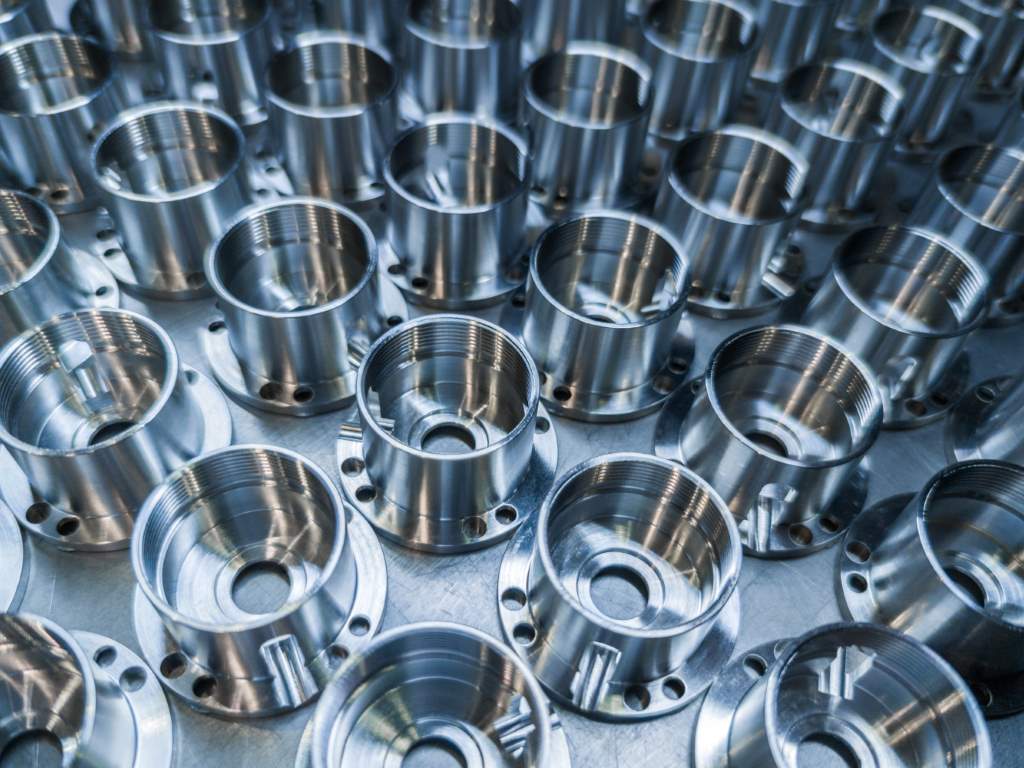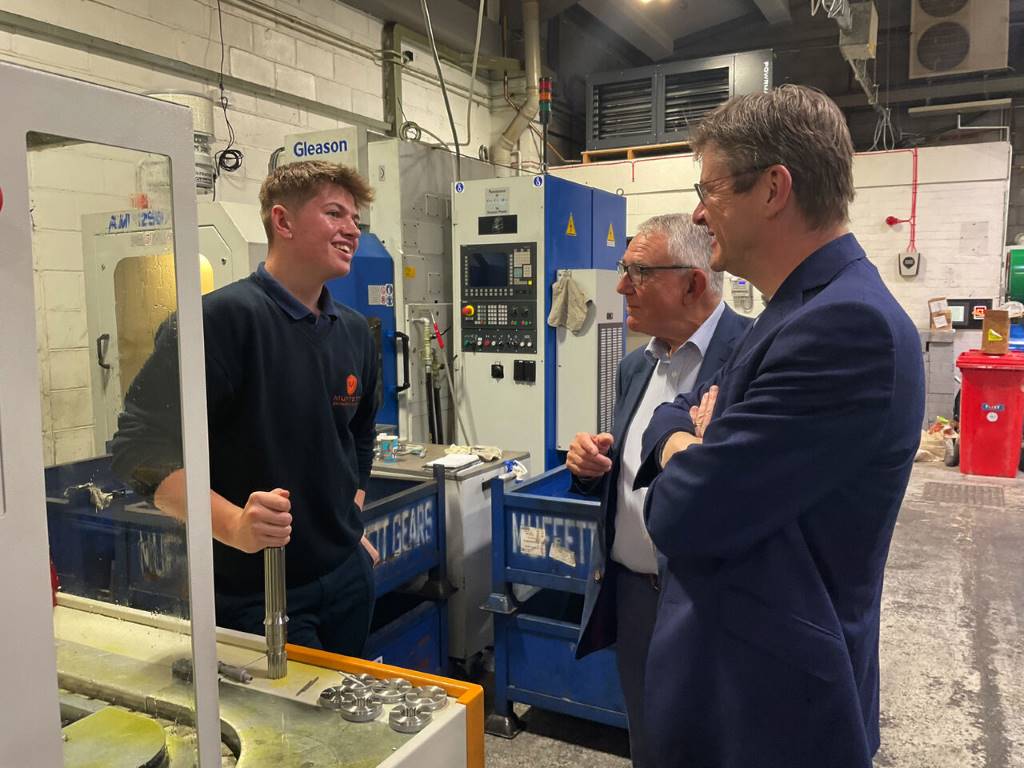February Cover Story: The power of plasma

Although a well-established technology for cutting sheet metal, plasma cutting can seem overshadowed by lasers. However, the latest advances from Kerf Developments demonstrate that this process can compete, not only in cutting speed and quality but importantly on cost as well. Ed Hill reports.
The systems for cutting sheet metal have evolved into a diverse range of processes over the years, but in recent times the power of lasers seems to have become the most widespread technology amongst many operators in this sector of manufacturing.
A key factor in the adoption of the laser process is the speed and quality of cut it can provide; however, lasers are an expensive capital investment, running costs can be high (particularly with the CO2 variants) and they can struggle with thicker materials.
So are there more cost-effective solutions available? One company leading the way in advancing plasma cutting technology is Rochdale-based Kerf Developments.
Founded in 2002 by Dan Taylor, the company began as a service and support company repairing oxy-fuel, plasma and waterjet cutting machines. After a few years of growing the business, and establishing a reputation for excellent support, Kerf was asked if it could build a new plasma cutting machine for a customer in Northern Ireland.
Sales director Craig Walsh begins: “The nature of our work gave Kerf a really good understanding of the products that were out in the field: which ones were reliable and which ones were not. Kerf was asked to quote for a replacement plasma cutting machine so a specification was drawn up using what we considered to be the best in class components. The machine was built onsite which led to the subsequent sale of hundreds of similar machines across the UK and Ireland.
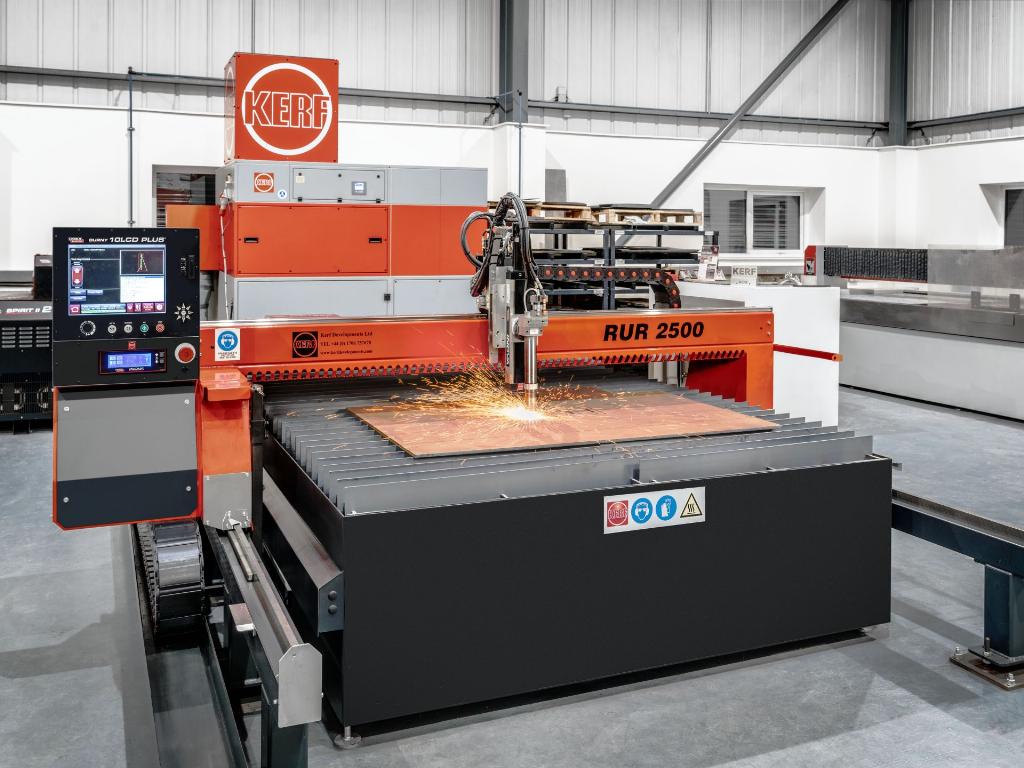
“Kerf is completely independent and free to choose products and services from leading global suppliers,” he adds. “Our expertise is in bringing these products together and supplying them as a turnkey solution for customers, with packages including CNC cutting, CAD/CAM software, installation and training. We then look after the customer with effective post-sales support and service.”
Kerf sells oxy-fuel, plasma and waterjet cutting machines but plasma is by far its biggest market making up around 70% of sales.
Mr Walsh continues: “Our users’ applications can be varied from small one man operations, right through to large high-volume subcontractors. The majority of our customers tend to be involved in processing heavier materials that range from 6 - 30mm although we do have one customer with a specially designed machine that can cut 1,000mm thick material!”
A disadvantage of early plasma cutters was that although they were fast, hole quality wasn’t great and the edge finish had a large bevel angle,” Mr Walsh explains. “Furthermore, edge dross meant components often required a considerable amount of manual reworking after being cut, a process that was time consuming and labour intensive.
“Step forward the modern high-speed CO2 laser, developed during the 1980s. The laser is a precise process that produces a high-quality edge finish and excellent hole quality. For years lasers have been improving in speed and capability, however, they do appear to have reached their limit in terms of the thickness of material that can be cut. While new more powerful laser sources have been developed, there is a grey area of cutting mild steel plate from 12-15mm upwards. Some laser machines can cut these thicknesses but the edge finish is not as neat as on thinner materials.”
In the thick of it
Kerf has developed its UltraSharp flatbed machines which provide a quality of cut that can match and even better lasers when it comes to cutting these types and thicknesses of materials; mounted on the company’s own rigid bridge assembly and stable, downdraft cutting tables.
“UltraSharp plasma can pierce and cut mild steel up to 60mm thick, however it is material in the 10mm to 30mm thickness range where it offers the major benefits,” Mr Walsh says. “This thickness range poses an issue for laser cutters as they start to run out of power and cutting speeds have to be significantly reduced. This is not the case with the Kerf UltraSharp technology. As a direct comparison, the Kerf UltraSharp process will cut 25mm mild steel typically two to three times faster than a CO2 laser.”
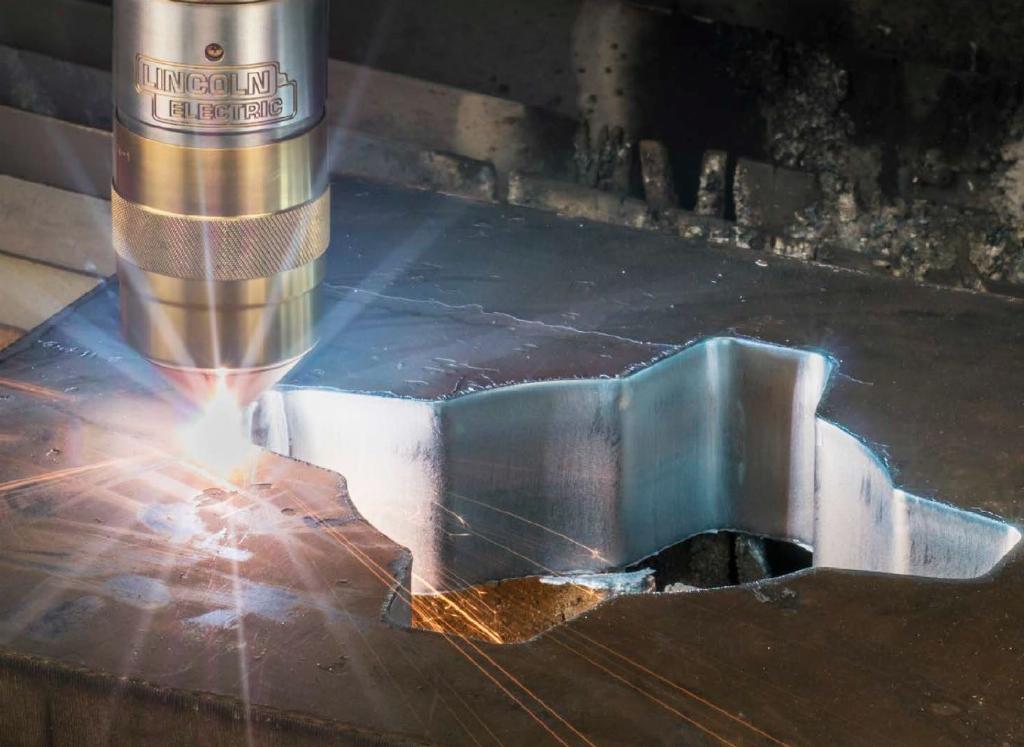
He adds: “UltraSharp takes the well proven high definition plasma process to the next level. It enables an improvement in edge quality and offers a solution for cutting 1:1 holes in thicker materials. That is to say a good quality 12mm diameter hole in 12mm thick material. Additionally, the process is driven by CAD/CAM software and a technology database that matches geometry to proven cut data. By using this we have deskilled the high-quality plasma cutting process for the machine operator and as a result are able to offer more consistent cut quality.”
Creating cost downs
So what are the sorts of cutting applications where UltraSharp really offers users benefits compared to laser cutting technology?
“There is no doubt that a high-speed laser travelling and cutting at full speed is impressive but this does come at a high price, both for the initial purchase price and the ongoing operational costs,” Mr Walsh notes. “On thin materials, 1mm through to 6mm, you could consider laser if you had a sufficient volume of work for the machine to justify the investment levels. For a laser to be cost-effective it really needs to be fitted with a load/unload system and operate around the clock six days a week. Plus, depending on the size and power of the laser, the investment level for that might be in the region of £700,000. Additionally, the laser process may require premium grade material.
“The cost of an UltraSharp plasma machine for 3mm - 35mm applications would cost less than £100,000 for a complete turnkey installation, with operational costs of around £15 per hour. The process doesn’t require premium grade material and in some cases it provides better cut quality. Kerf can supply a machine that can cut from 1mm through to 60mm on the same machine with different models which match customers’ requirements and budgets.”
Plasma cutting machines are ideal for cutting mild steel, stainless, aluminium, wear plate metals and checker plate. Kerf opts for the US made, Lincoln Electric, Burny systems for the CNC, which can work in tandem with various CAD/CAM packages, although Lantek Expert is the preferred option for new machines.
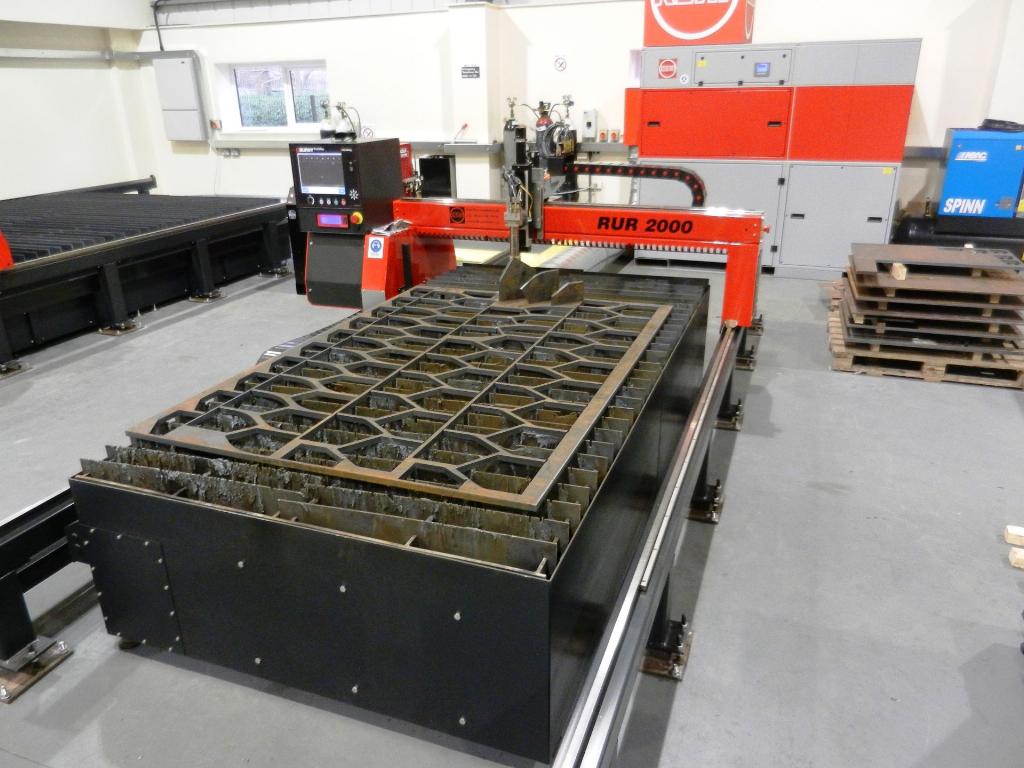
Mr Walsh says: “The UltraSharp cutting database can import geometry from multiple sources. For those using a 3D structural steel design system they can transfer files directly into the database. Similarly, DXF or DWG files can be imported into the databases. Once in the UltraSharp database the geometry is analysed and the most appropriate cut technology applied to the geometry irrespective of where it originated.
“The software can automatically nest the parts together, apply the lead-in and lead-out technology and then generate the machine efficient CNC code required. Multiple jobs for different customers can be nested together on the same plate to maximise material utilisation.”
Head control
Kerf also opts for Lincoln Electric plasma systems along with its Inova torch height control, which sets the initial piercing height of the cutting head and then constantly adjusts it as it moves over the plate to optimise the cutting process. The company also has a remote monitoring system for its machines which greatly enhances customer support.
“We are able to log into any machine around the world with Internet access and with the owner’s permission to check if there are any issues. This has been very popular with our customers where we have been able to diagnose problems without having to send an engineer, saving them and ourselves time and money.”
Kerf mainly sells its plasma machines to the UK and Ireland although it will supply customers further afield if there is a local support for its machine’s control systems and plasma units.
The company prides itself on putting together bespoke turnkey packages for its customers, from small compact machines through to the large multi-bridge types installed at companies like the P.P. Group, which featured in the September 18 issue of Production Engineering Solutions.
And although the company has evolved to be a manufacturer and supplier of the latest plasma technology, its ethos is still rooted in its reputation for service and support.
Mr Walsh states: “Wherever possible we try to look at the type of products that the customer is looking to manufacture. Not all products are suitable for UltraSharp and it is essential that we and our customers understand this from the outset.
“Effective post-sales support is what Kerf is known for. It’s where the company started and it’s still at the heart of our business. We have resisted adding additional product ranges, preferring to focus and concentrate on our core products.” he concludes.
Kerf Developments www.kerfdevelopments.com





